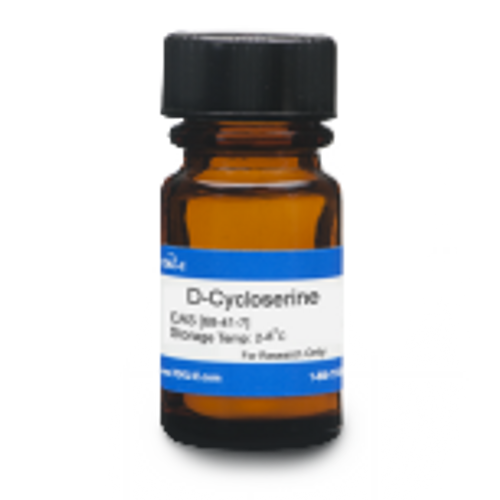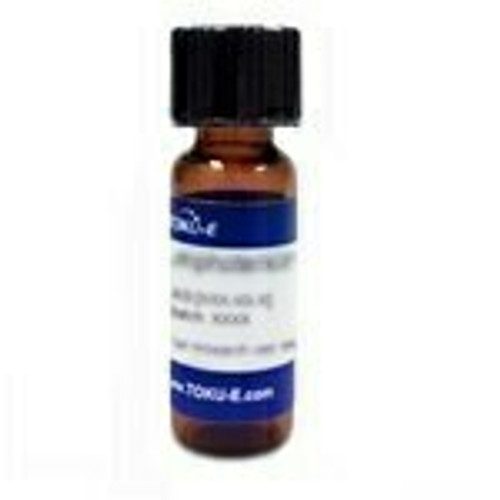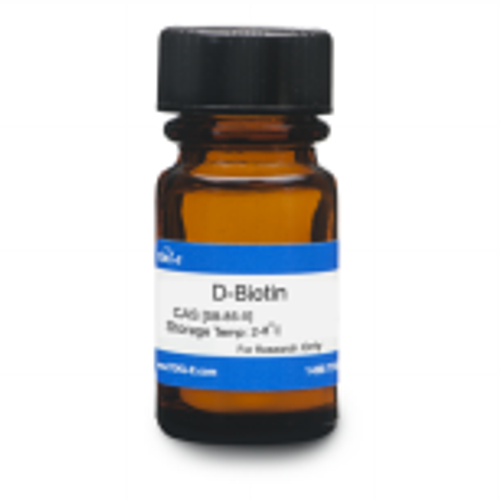D-Cycloserine is an amino acid analog antibiotic. D-Cycloserine acts as a competitive inhibitor of D-alanine, an essential amino acid during peptidoglycan synthesis. It is a broad-spectrum antibiotic that can be used as a selective agent in several types of isolation media. D-Cycloserine is soluble in water.
| Mechanism of Action | D-Cycloserine inhibits cell wall biosynthesis, specifically the D-Ala peptide bond formation. It competitively inhibits alanine racemase (which produces D-alanine) and D-alanine ligase, which joins the terminal 2 amino acid residues together. D-cycloserine is a ligand for the N-methyl-D-aspartate (NMDA) glycine receptor and has partial agonist characteristics, and has proven to have pharmacological activity in enhancing extinction memory. |
| Spectrum | D-Cycloserine is a broad-spectrum antibiotic that can be used against the causal agent of tuberculosis (Mycobacterium tuberculosis). |
| Microbiology Applications | D-Cycloserine can be used as a selective agent in several types of isolation media:
Perfringens Agar - SFP and TSC Selective Supplement Clostridium difficile agar - Isolation of Clostridium difficile m-CP Medium - Membrane Clostridium perfringens Selective Supplement |
| Molecular Formula | C3H6N2O2 |
| References |
Hood WF, Compton RP, and Monahan JB (1989) D-Cycloserine: A ligand for the N-methyl-D-aspartate coupled glycine receptor has partial agonist characteristics. Neurosci. Lett. 98(1):91-95 PMID 2540460 Lambert MP and Neuhaus FC (1972) Mechanism of D-Cycloserine action: Alanine racemase from Escherichia coli. J. Bacteriol. 110(3):978-987 PMID 4555420 Peters J and De Vries TJ (2013) D-Cycloserine administered directly to infralimbic medial prefrontal cortex enhances extinction memory in sucrose-seeking animals. Neurosci. 230:24-30 PMID 23159319 |
| MIC | Mycobacterium smegmatis| 2.56 - 300 || Staphylococcus aureus| 16 - 32 || |








